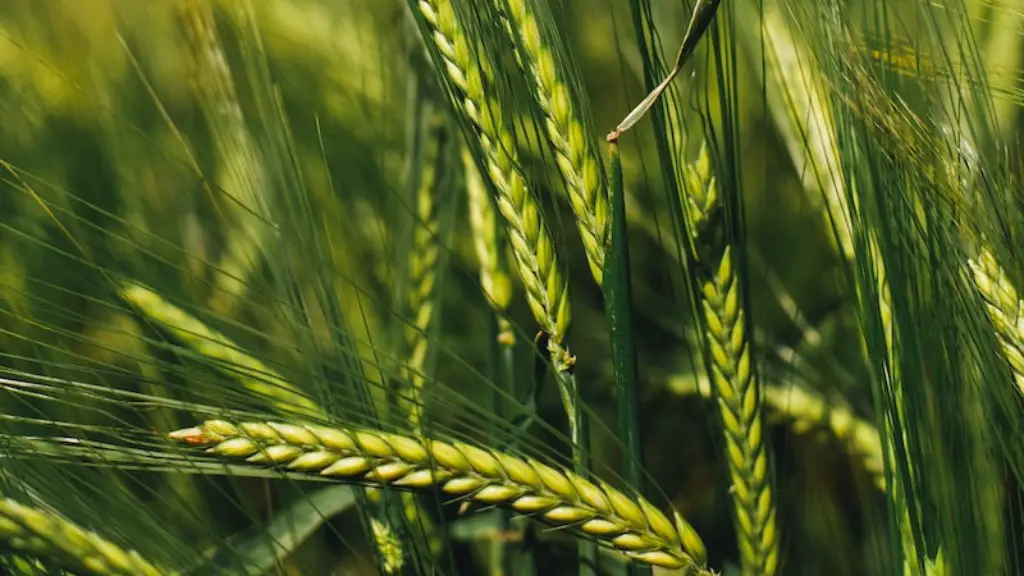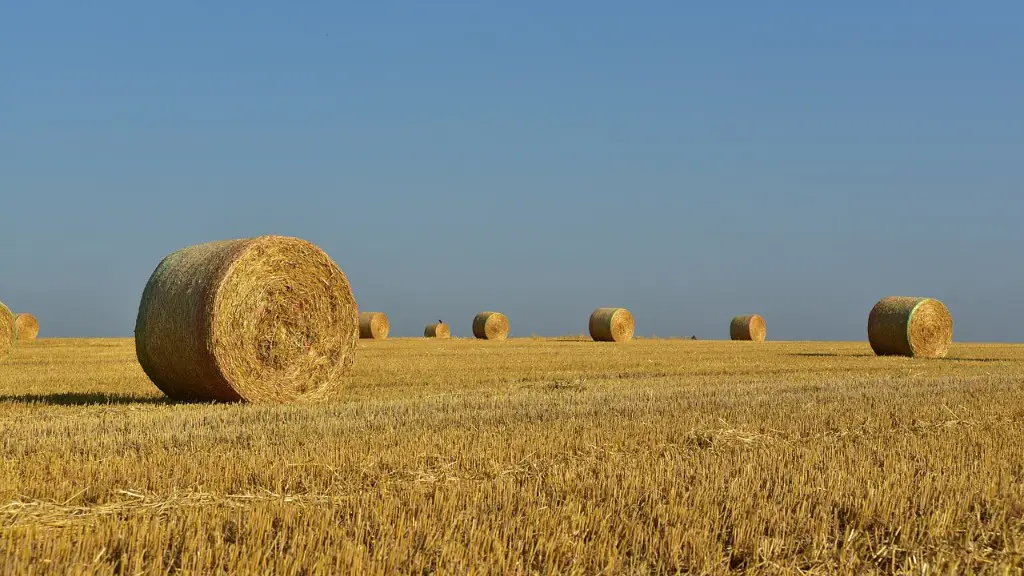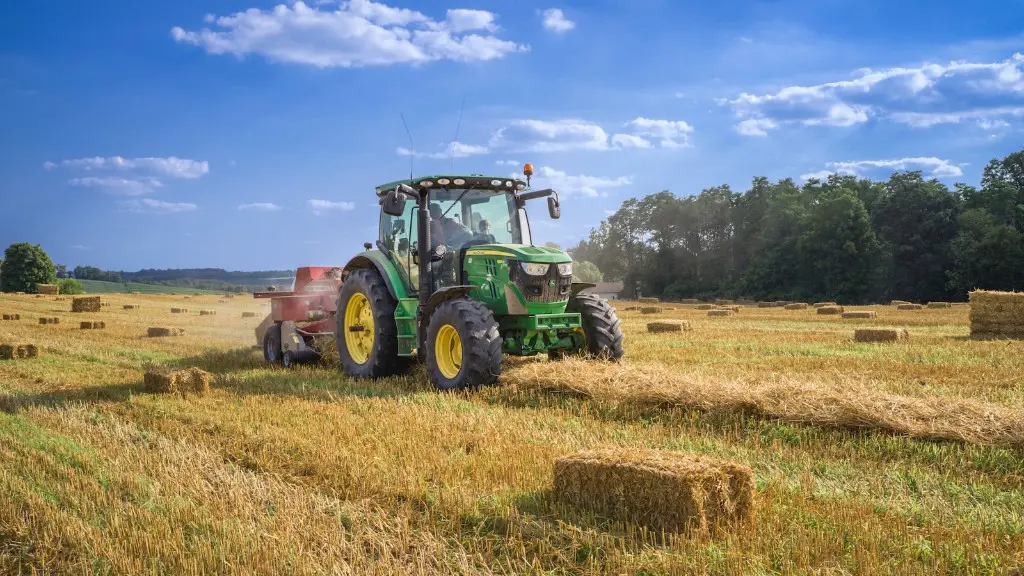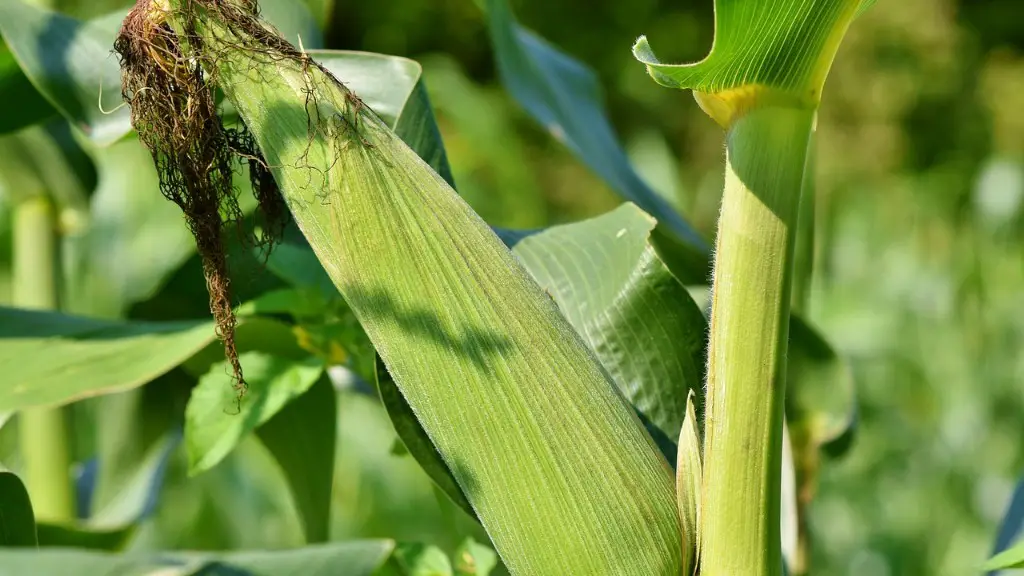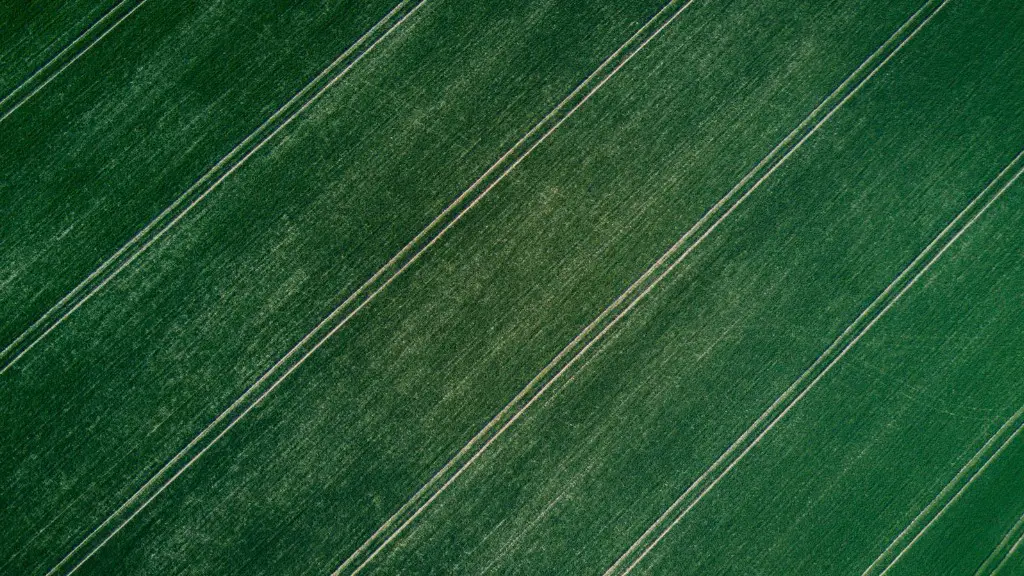Agriculture is a major contributor to global greenhouse gas (GHG) emissions, with estimates of up to one-third of all GHG emissions coming from this sector. According to the Food and Agriculture Organization (FAO), livestock production accounts for the largest share, estimated to be responsible for about 14.5% of all human-induced GHG emissions. Other important sources include land use change, mainly from deforestation and other land-use changes associated with livestock production, as well as methane from rice cultivation and nitrous oxide from synthetic fertilizer use in crop production.
With much of the world’s population predicted to double in size by the end of the century, agricultural GHG emissions are expected to increase substantially. This increase is of particular concern due to the fact that methane and nitrous oxide emissions from agriculture have a much greater global warming potential than carbon dioxide, with the potential to accelerate climate change. Studies have estimated that up to 85% of all human-induced methane emissions and 60-70% of all nitrous oxide emissions are caused by agricultural activities.
Apart from livestock production, land use changes associated with the expansion of agricultural land and intensification of agricultural practices also contribute significantly to global GHG emissions. Research suggests that such land use change can account for up to 30% of total GHG emissions, with deforestation and conversion of natural ecosystems to agricultural land being among the largest sources.
The use of synthetic nitrogen fertilizer is another major contributor to human-induced GHG emissions from agriculture, accounting for up to 10% of GHG emissions. Synthetic fertilizer use increases nitrous oxide emissions, which have a global warming potential about 300 times greater than carbon dioxide. In addition, the production and application of synthetic fertilizers also contribute to the emission of carbon dioxide.
Agricultural burning of crop residues, grass and crop stubble is another major source of GHG emissions, particularly in developing countries. Such burning is often done to prepare fields for the next season’s crops and release nutrients into the soil, but can lead to large emissions of carbon dioxide and other GHGs. Estimates of the global share of GHG emissions from agricultural burning range from 5-25%.
Overall, it is clear that agricultural activities make a significant contribution to global GHG emissions, with estimates of up to one-third of all GHG emissions coming from this sector. Livestock production and land use change contribute significantly, as does the production and application of synthetic nitrogen fertilizer. Agricultural burning of crop residues and other materials is also a major source of GHG emissions, particularly in developing countries.
Livestock Production
Livestock production is estimated to account for the largest share of GHG emissions from agriculture, being responsible for up to 14.5% of all human-induced GHG emissions. This figure includes methane and other GHG emissions from enteric fermentation, manure management, and feed production and transport. Methane emissions from enteric fermentation account for the majority of these emissions, although other sources, such as manure management and feed production and transport, can also contribute significantly. Additionally, livestock production has lower indirect effects on GHG emissions through land use changes, such as deforestation and conversion of grasslands to agricultural land for pasture purposes.
Research suggests that CH4 emissions from cattle are particularly problematic, with estimates of up to 44% of all human-induced CH4 emissions being caused by such livestock production. In addition, other livestock, such as sheep and goats, can also contribute significantly to GHG emissions from the sector. Given the large contribution of CH4 emissions from livestock production, reducing these emissions has been identified as an important part of reducing global emissions of GHGs.
A number of strategies have been suggested for reducing the GHG emissions from livestock production, including improving animal nutrition and breeding, reducing energy inputs associated with livestock production, and improving waste management practices. Additionally, substituting animal-based products with plant-based alternatives can also result in significant reductions in CH4 emissions.
Land Use Change
Land use change is another major source of GHG emissions from agriculture, accounting for up to 30% of all human-induced GHG emissions. This includes emissions from deforestation and other land-use changes associated with agricultural activities, such as conversion of grasslands to cropland or pasture land. Deforestation is particularly problematic, with research suggesting that up to 20% of global GHG emissions are caused by forest loss and degradation.
Not only is deforestation a major source of GHG emissions, but it is also a major cause of biodiversity loss, habitat destruction, and soil erosion. In addition, it leads to changes in air and water quality, decreases in soil fertility and water resources, and contributes to climate change. As such, reducing deforestation and other land-use change associated with agriculture is essential for reducing global GHG emissions.
To reduce the GHG emissions associated with land-use change, a number of strategies have been suggested. These include reducing the demand for commodities driving deforestation, supporting sustainable land-use practices, promoting forest conservation, and reducing the incentives for deforestation. Additionally, research suggests that improving land-use management in existing agricultural landscapes can also help to reduce GHG emissions. Examples of such strategies include reducing tillage, Cover Crops, and improving nutrient and water management.
Synthetic Nitrogen Fertilizer
The production and application of synthetic nitrogen fertilizer is another major contributor to human-induced GHG emissions from agriculture, accounting for up to 10% of all GHG emissions. Synthetic fertilizer increases nitrous oxide emissions, which have a global warming potential about 300 times greater than carbon dioxide. In addition, the production and application of synthetic fertilizer also contributes to the emission of carbon dioxide.
To reduce GHG emissions associated with fertilizer use, a number of strategies have been suggested including improving fertilizer management, reducing fertilizer losses to the environment, and promoting the use of organic fertilizers. Additionally, research suggests that improving soil health through practices such as Cover Crops, green manures, and composting can also help reduce the need for synthetic fertilizer and thus reduce GHG emissions.
Additionally, research suggests that improving water management in agricultural systems can help to reduce the need for excessive fertilizer applications and reduce emissions of nitrous oxide. This can be done through a combination of practices such as irrigation efficiency, drainage systems, and conservation agriculture.
Agricultural Burning
Agricultural burning of crop residues, grass, and crop stubble is another major source of GHG emissions, particularly in developing countries. Such burning is often done to prepare fields for the next season’s crops and release nutrients into the soil. However, agricultural burning can lead to large emissions of carbon dioxide and other GHGs.
Research suggests that agricultural burning of crop residues can account for up to 25% of global GHG emissions from agricultural activities. In some areas, such as in parts of central and South Asia, this figure can be much higher, with estimates of up to 50% of local GHG emissions from agricultural burning. Estimates of the global share of GHG emissions from agricultural burning range from 5-25%.
To reduce GHG emissions associated with agricultural burning, a number of strategies have been suggested. These include increasing crop yields and reducing the need for burning, promoting more efficient use of crop residues, and promoting agricultural practices that reduce the need for burning. Additionally, research suggests that improving management of crop residues, grass, and stubble can also help to reduce GHG emissions.
Conclusion
Overall, it is clear that agricultural activities make a significant contribution to global GHG emissions. Livestock production, land use change, production and application of synthetic nitrogen fertilizer, and agricultural burning of crop residues are all major sources of GHG emissions from agriculture. Reducing emissions from these sources can help to limit global emissions of GHGs and help to slow the process of climate change.
